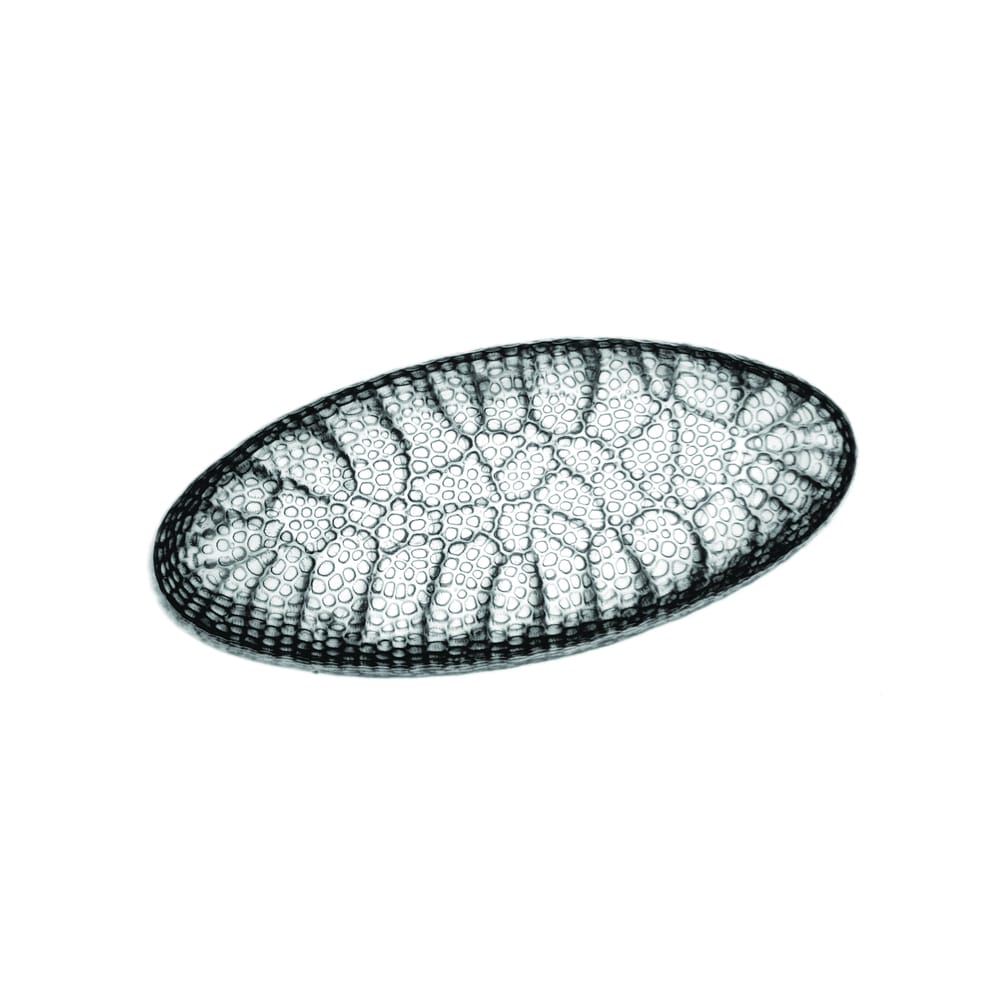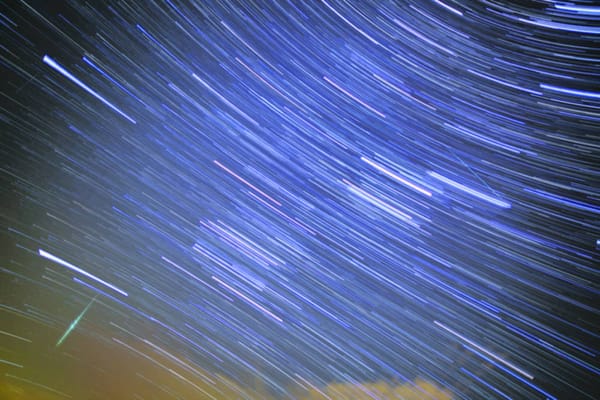100,000 species unknown for every known species on Earth
Estimating the number of species on Earth is among the great challenges in biology

Researchers from the IU Bloomington College of Arts and Sciences believe there could be around a trillion species inhabiting our humble planet, one hundred thousand times more than the species we currently know of. Of course, the vast majority of these undiscovered species are microbes, still this new estimate tremendously broadens our understanding of Earth’s biodiversity.
“Estimating the number of species on Earth is among the great challenges in biology,” Lennon, one of head scientists behind the new estimate said. Indeed in a rapidly changing world undergoing another mass extinction, identifying new species is crucial.
Uncovering diversity on Earth, has been a task many studies have attempted. However past estimates have either grossly fallen short of the true magnitude of earth’s diversity, or have completely ignored microbial communities.
That’s not to say such approaches were unjustifiable. Naturally numbers of some species are easier to calculate than others. For example we know of approximately 5000 mammal species and the likelihood of there being a large hidden repository of undiscovered mammals somewhere in the world is highly unlikely. Additionally, there is a positive relationship between small body size and high diversification rates, meaning that groups of smaller organisms tend to have more species. This is why there are so many more invertebrate species in comparison to mammals, birds or even reptiles. At the same time, the smaller the organism in question, the higher the chance it has been overlooked, which is what makes microbial diversity especially tricky to estimate.
“Until recently, we’ve lacked the tools to truly estimate the number of microbial species in the natural environment,” Lennon points out. “The advent of new genetic sequencing technology provides an unprecedentedly large pool of new information.
The IU scientists used a combination of microbial, plant and animal community datasets from a variety of sources and ecological theory to create this new, rigorous estimate. In total a mega-sample of 5.6 million species from 35,000 locations across the globe was compiled, from 35,238 distinct efforts sampling everything from bacteria, archea and fungi, to trees, birds and mammals..
They suspected that aspects of biodiversity would scale with the abundance of individual organisms, and indeed found a powerful trend of biodiversity changes across scale of abundance.
This estimate is coming at an interesting point of our understanding of microbial services. For example recent studies have shown that the human virome (the community of viruses that are part of our bodies microflora) may have beneficial effects on our health. In 2014 it was shown that a strain of Murine norovirus in mice, is more than just a non-intrusive genetic hitch hiker, but actually helps restore damage done to the intestine and immune system. More importantly the virus is genetically transmitted from parents to offspring, meaning the benefits associated with carrying the virus become genetic.
Another important service microbes offer is acting as potential sources of new meds. This becomes particularly important if we think about the progressing antibiotic crisis. More and more infections are developing antibiotic resistance and becoming super-bugs. Last September, a strain of Super-gonorrhea started spreading around Leeds. Last year, scientists developed a new antibiotic, the first in 30 years, by successfully culturing a gram negative soil bacterium. More importantly they developed a technique which allows the culture of ‘unculturable’ microbes in lab conditions.
So far less than 10 million species of microbes have been classified. “Of those catalogued species, only about 10,000 have ever been grown in a lab, and fewer than 100,000 have classified sequences,” Lennon said. “Our results show that this leaves 100,000 times more microorganisms awaiting discovery – and 100 million to be fully explored. Microbial biodiversity, it appears, is greater than ever imagined.”









